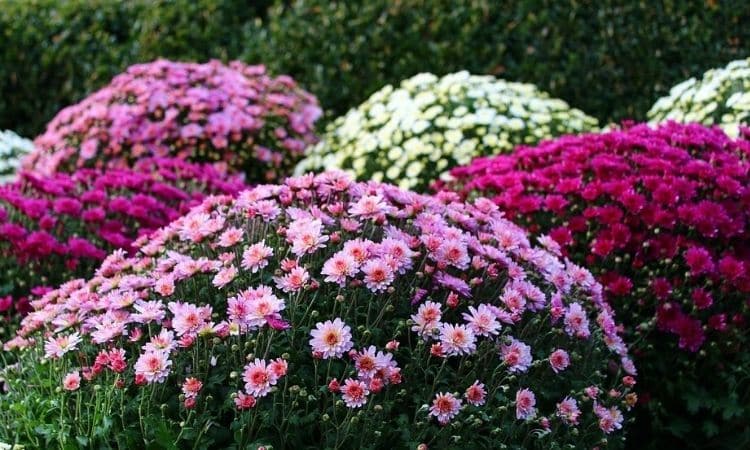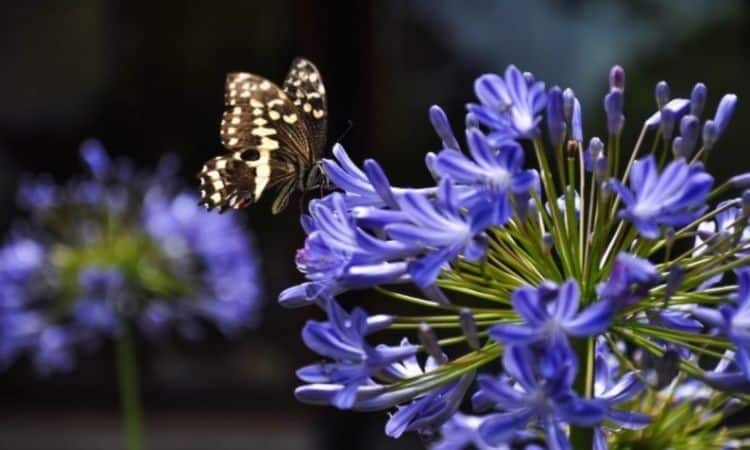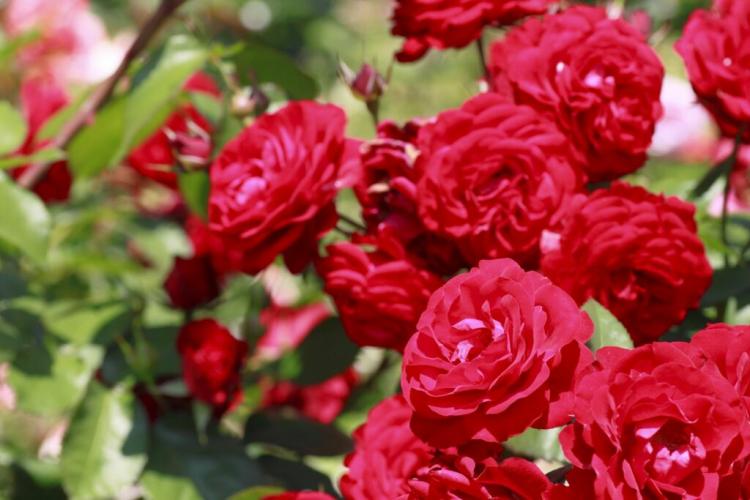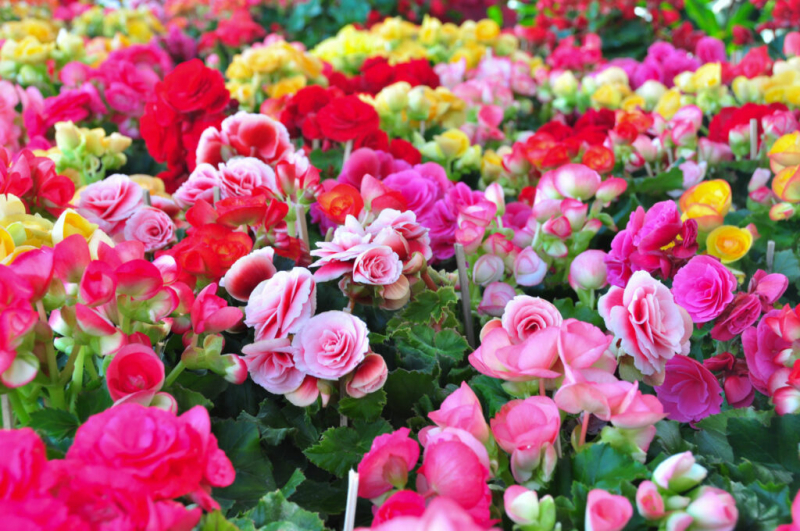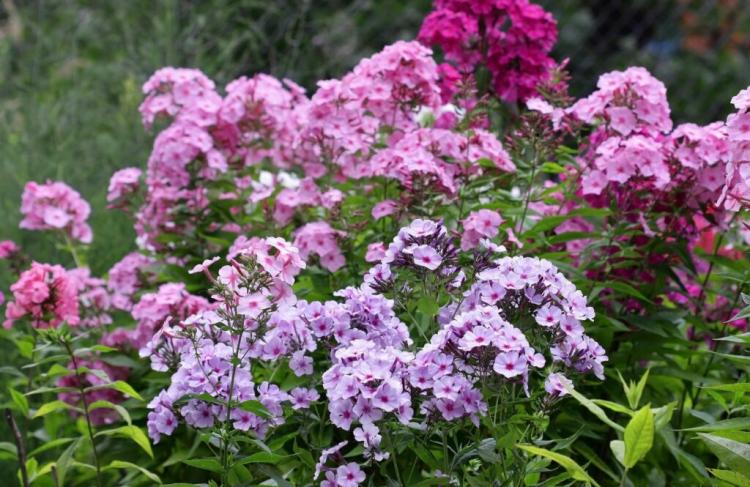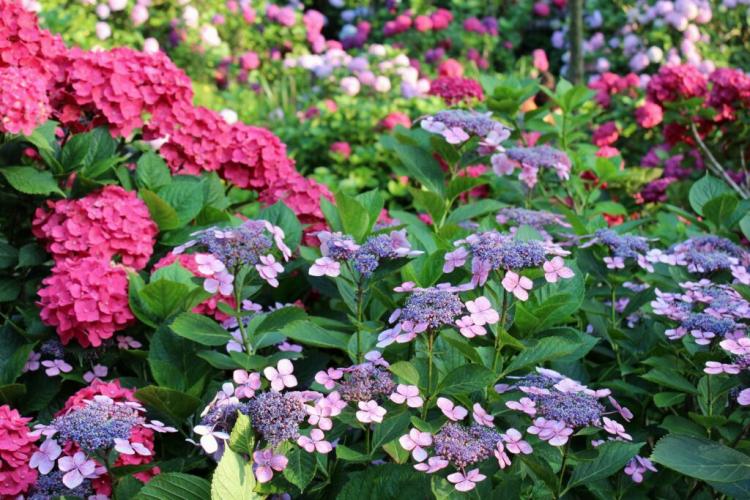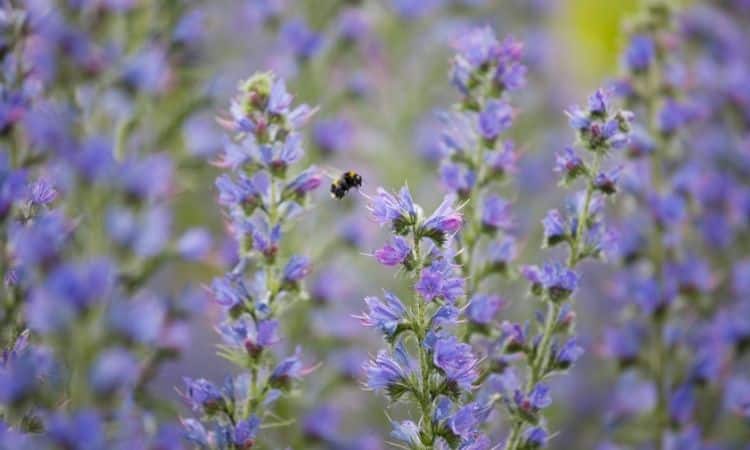Chrysanthemums: planting, growing, care
Eastern wisdom advises everyone who wants to live a happy life to grow chrysanthemums. According to an ancient Chinese legend, a white dragon tried to encroach on the sun itself. He ripped it with his teeth and claws, and sparks fell to the ground and turned into yellow flowers, which later were called chrysanthemums. They are depicted on the Japanese coat of arms, coins, and seals, which does not prevent the Asians to cook cakes and salads made of chrysanthemums. As a garden chrysanthemum flower is known for the 3rd millennium, but interest in it is only growing.
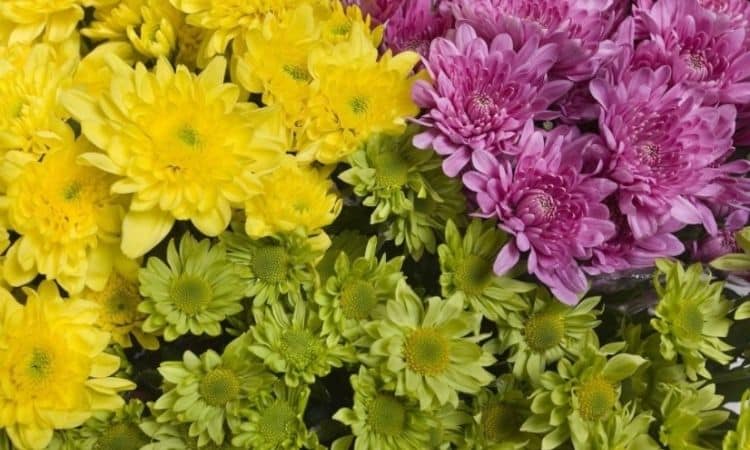
Breeders are constantly trying to get as large as possible flower varieties, but gardeners are more attracted to fine flower Korean chrysanthemums, as they are resistant to low temperatures, are good in the open air in combination with other flowers, have high ornamental qualities, long and abundant flowering almost until November. Therefore, not without reason, the chrysanthemum is considered the queen of autumn. In addition, it is grown in pots for home decoration, and in the cut form, it costs a long time – up to 30 days, so it is ideal for bouquets.
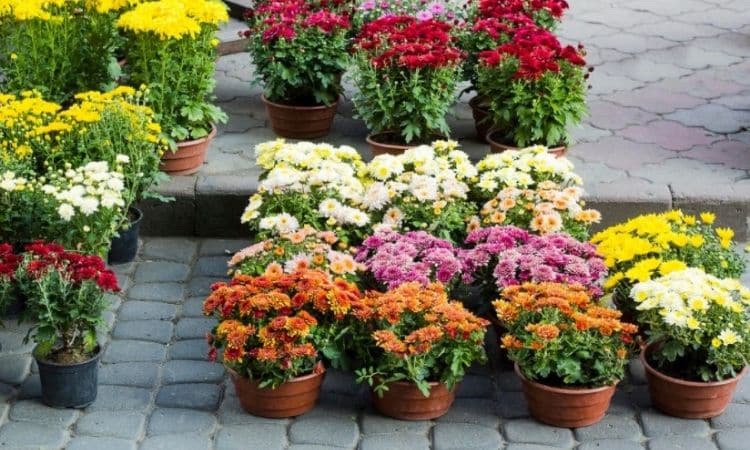
In the open air, the chrysanthemum blooms in August and delights with its lush flowers throughout autumn, withstanding frosts to -7°C. Depending on the variety of stems reach a height of 30-80 cm and are decorated with terry, half terry, and simple inflorescences of unusually diverse shades.
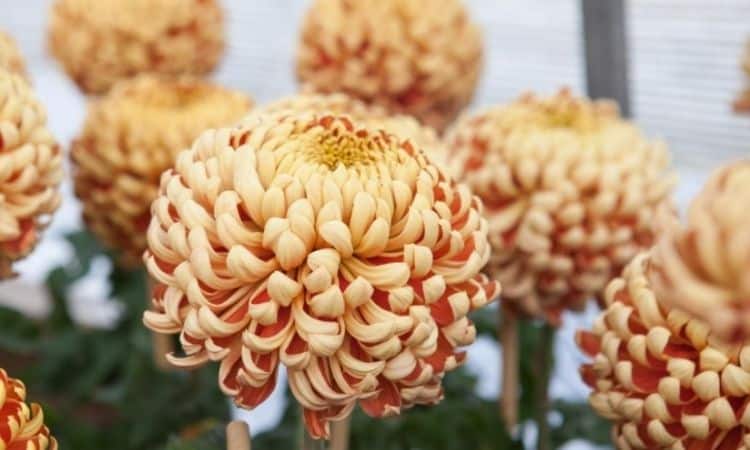
Planting chrysanthemums
Table of Contents
Chrysanthemums do not like the slightest shade and moisture retention, so the place for them should be sunny and at least a little sublime. This is a guarantee that the shoots will not be stretched out, change the time and duration of flowering. However, the root system of the chrysanthemum is superficial, so the soil can not be overdried.
The ideal soil for them – loose, waterproof, with an optimal amount of different nutrients. In case of dense and infertile soil in the garden before planting cuttings in the soil bring a little peat, compost, or overburdened manure, but do not abuse them, otherwise, plants will be overgrown at the expense of flowering. As a drain, put a small amount of coarse sand in the soil.
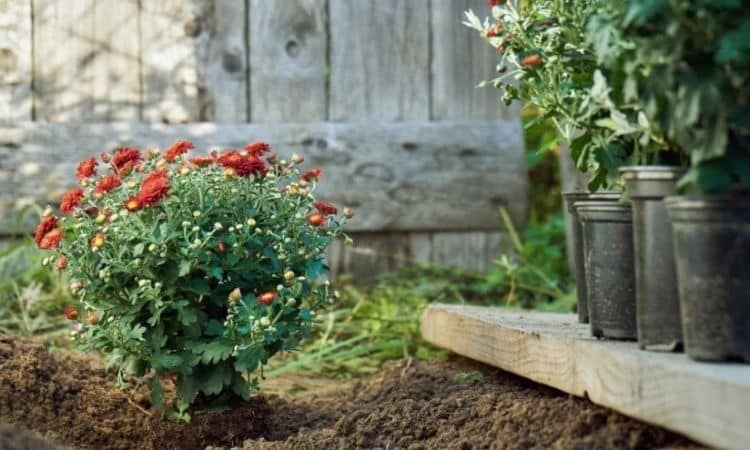
Immediately after planting in the ground spend the first pinch – remove the plant growth point. In 3 weeks after planting, break out the upper part of the shoot with 2-3 knots – the second pinch. The first days after planting, the seedlings are artificially shaded so that they do not suffer from bright sunlight. The best option is a non-woven material, but it is desirable that it does not come into contact with the leaves.
Reproduction of chrysanthemums
In any case, it is necessary to plant and transplant chrysanthemums in spring, in May, when frost and coldness are over. It is also allowed in early summer – it will not affect the development of chrysanthemums. In the next video, you can see the process of chrysanthemum multiplication by bush division in spring.
If you have planted with planting material closer to autumn, then plant it in the ground until September 15, so that before the onset of frost plants have time to take root. If you did not have time during this period, then plant the seedling in a shallow wide pot, cutting it low. Send the container with chrysanthemum to a dark place on a warm loggia or heated terrace, where until spring the temperature will be at a level of +4 … +6 ° C – these are optimal conditions for the prosperous development of plants. All winter, periodically moisten the ground.
Since the end of February chrysanthemum is planted in a greenhouse and more often watered. Until the end of March, the shoots will grow, and it will be possible to draw – cut the shoots no more than 10 cm.
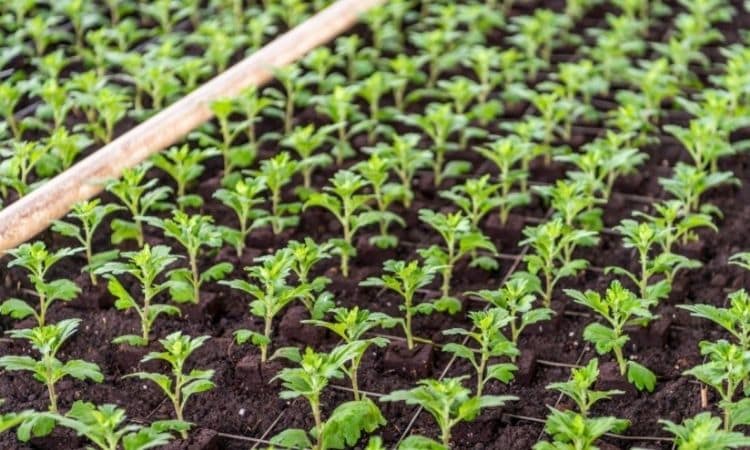
Gently drop the cuttings in the filled with a mixture of earth, sand, and hummus in a ratio of 1:2:1 box, close tightly with glass. In a month, the cuttings will take root, they can be planted in wide containers. As soon as the danger of unexpected coldness passes, you can plant the fallopian plant and seedlings can be transplanted into the ground.
Care for chrysanthemums
The irrigation mode should be moderate, in which the root system will not rot from excess moisture. This is despite the fact that the chrysanthemum is quite water-loving. The exceptions are the dry period (in this case, water more abundantly, so that the stems do not grow and the flowers do not lose their ornamental) and the period until flowering. It is better to take water that has been sheltered or rainwater.
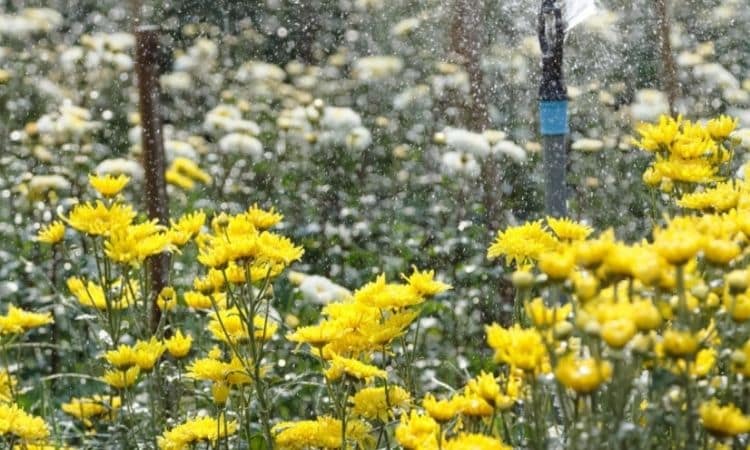
Once a week “feed” the flowers with an infusion of fertilizers (1:10), and before budding – potassium and phosphate fertilizers for lush flowering, sometimes nitrogen fertilizers to increase the green mass. Cancel the fertilizer before flowering. During fertilization, make sure that the solution with fertilizers does not get on the leaves and does not cause burns. Water only under the root.
For the development of young chrysanthemums, it is extremely important to ensure a balanced diet in the first 2 months, as there is a very active increase in green mass. The main rule is that it is better to under-fed the plant than to burn it.
While chrysanthemums pretty well tolerate the cold, in late October, protect the bed with flowers from frost by placing on it a framework with a polyethylene film – and you’ll spend a month admiring the flowering of plants April drafts. You will remove the skeleton at the end of November, plant the bushes in pots, and on a warm, light veranda they will bloom even in January.
Control of diseases and pests
Moisturizing chrysanthemum abundant watering, especially in the absence of rain, helps to prevent the defeat of aphids and ticks, which can not stand moisture.
Many harmful microorganisms and pathogens live in the soil, so after each rain, treat plants with medicines for diseases. Phytosporin will protect from root rot, it can be added to irrigation water every time feeding.
Of all the enemies of chrysanthemums (larvae, snails, aphids, ticks, etc.) the most dangerous are caterpillars. Only one of them can eat several buds overnight. Regularly review your plantings and take action on time.
